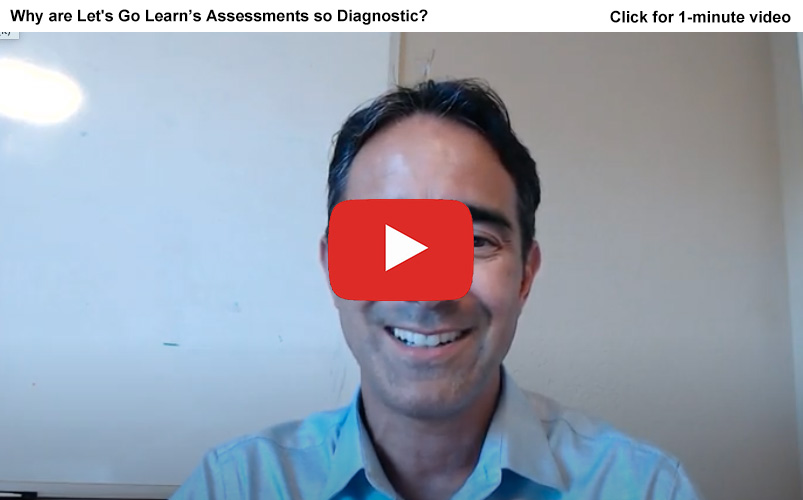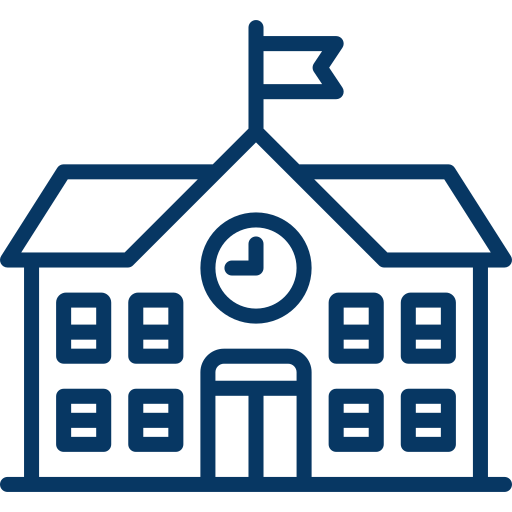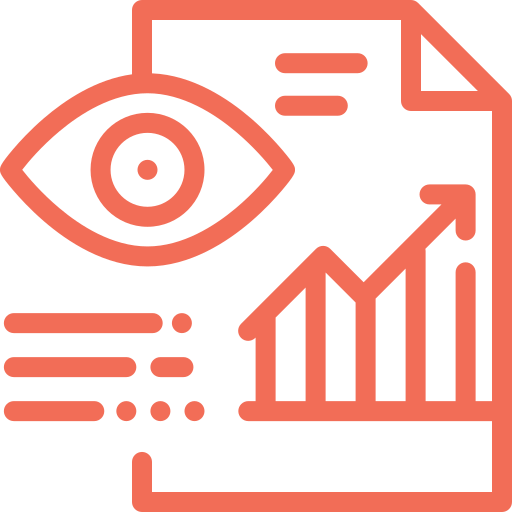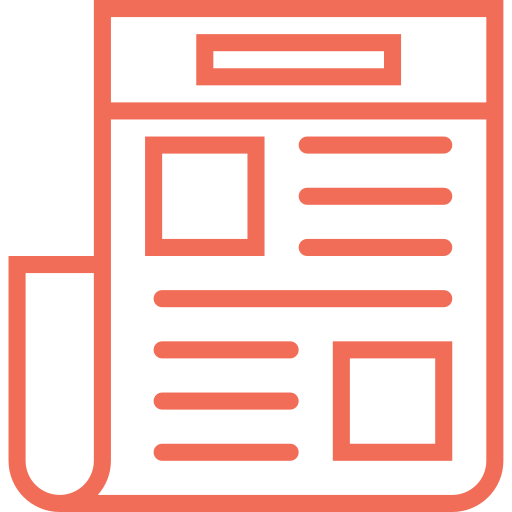Diagnostic Assessments
Unleash the power of granular educational assessments

Actionable Online Reading and Math Assessments to Support Student Learning
With the Let’s Go Learn suite of diagnostic assessments, classroom teachers, administrators, and even parents can access incredibly rich and meaningful diagnostic data in just clicks. Our assessments were designed around the individual student, not according to their grade level–a limitation of other educational assessments. Teachers won’t wonder what to do next after administering Let’s Go Learn’s criterion-referenced assessments to their students. Our assessments:
- Pinpoint student strengths and weaknesses, even when multiple years above or below grade level
- Deliver granular data to help teachers make informed personalized learning decisions
- Increase student achievement via fully automated personalized courses
- Have validity at the skills/concepts level, making them useful for daily student grouping
- Save time when you are writing IEPs and increase their quality
- Provide granular data that rolls up for the superior summative reporting needed by administrators
Find the right tools for you…
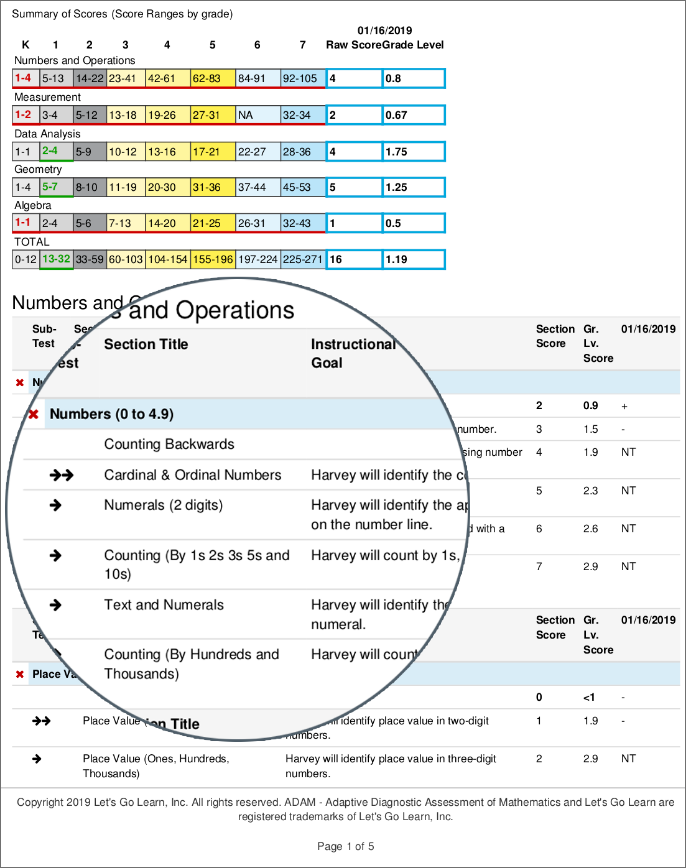
Designed to measure what matters and identify critical student needs
Teachers already know which students are struggling and which are not. They want to know what to do about it!
- Standardized tests primarily focus on grade-level-ranged skills, limiting their diagnostic ability
- Let’s Go Learn’s assessments are granular and K-12 adaptable to each student’s abilities
- Performance assessments primarily produce single or summative scores that are not very diagnostic
- Let’s Go Learn’s assessments produce multiple scores: 7 in reading, 44 in math
- Many assessments use confusing scores, such as 725 or 85%, or language like “developmentally ready”
- Let’s Go Learn is accurate at the skill/concept level and uses grade-level scores, which most people understand
- Most K-12 educational assessments were designed as only summative assessments
- Let’s Go Learn is valid and reliable at the skill/concept level, which translates to the summative level as well
Math Diagnostics
ADAM (Adaptive Diagnostic Assessment of Mathematics) is designed to be fully aligned with the Common Core, TEKS, and other state standards. ADAM assesses across 44 constructs within NCTM’s five instructional strands.
DOMA Pre-Algebra intelligently assesses individual students in 14 Pre-Algebra constructs and follows with a detailed roadmap for remediation/instruction.
DOMA Algebra assesses individual students in 11 Algebra constructs and follows with a detailed roadmap for remediation/instruction.
Our Math Formative Assessments break math progress monitoring into 44 adaptive sub-test diagnostics and 281 skill/concept quizzes. All scores vertically align in grade levels to the full diagnostic assessment dataset.
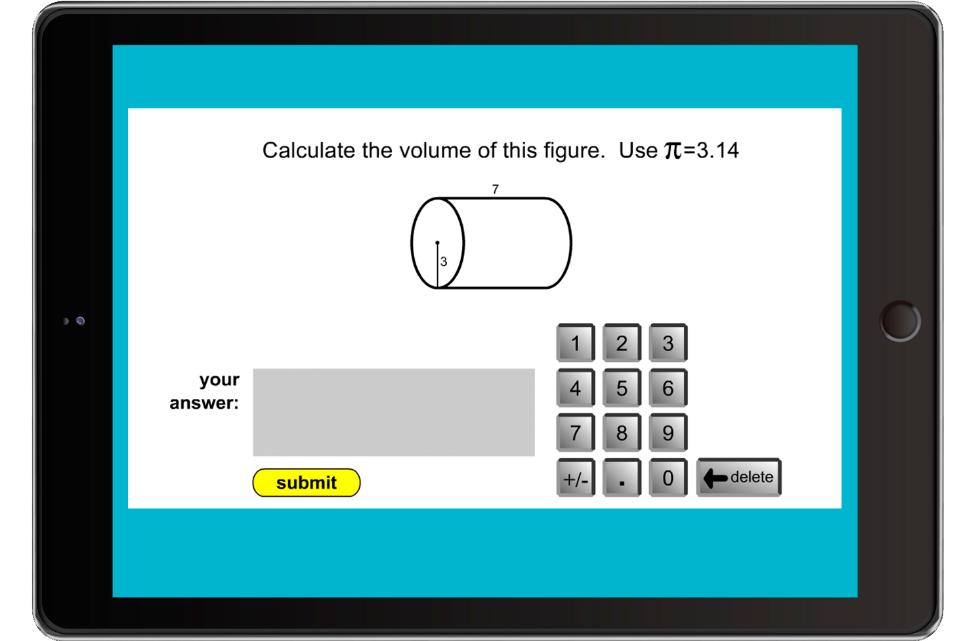
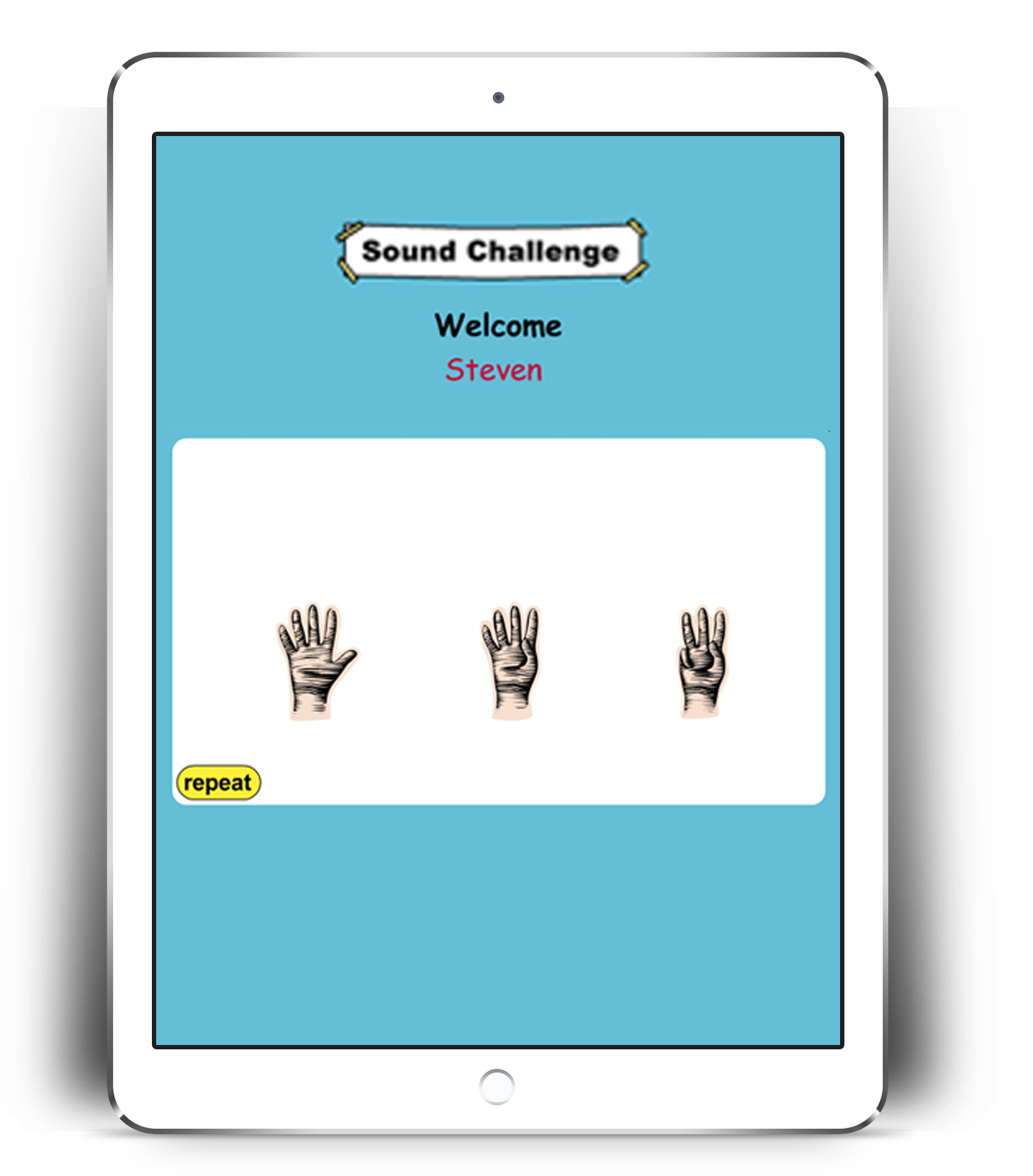
Reading Diagnostics
Diagnostic Online Reading Assessment (DORA) is a K-12 measure that provides objective, individualized assessment data across eight reading measures that together profile each student’s reading abilities and prescribe individual learning paths.
DORA Phonemic Awareness is ideal for non-readers or struggling readers. It measures nine phonemic awareness skills using audio and picture-only items for a thorough assessment of oral phonemic awareness skills.
DORA Spanish/EDELL is a powerful diagnostic online assessment of students’ Spanish-reading abilities.
DORA Spanish/EDELL provides an effective means of comparing students’ first-language Spanish abilities with their developing second-language English-reading skills.
DORA Dyslexia provides educators with a quick, fully online way to screen for possible dyslexia in students of any grade level. It examines five areas of early reading and provides a breakout of these skills. It also includes a mouse/touch-screen dexterity check so that “non-pass” scores can be isolated for possible test-taking bias.
Our Reading Formative Assessments break reading progress monitoring into 7 adaptive sub-test diagnostics and 90 skill/concept quizzes. All scores vertically align in grade levels to the full diagnostic assessment dataset.
Diagnostic Assessment Key Features
Common Questions
Can schools use Let's Go Learn's tests for summative purposes as well?
Can Let's Go Learn's assessments be used for formative testing?
How do Let's Go Learn's assessments support response to intervention and the multi-tier system of support initiatives at school districts?
Can Let's Go Learn be used as a general classroom assessment?
Are DORA, ADAM, and DOMA norm-referenced assessments?
What kinds of computer-based tests does Let's Go Learn provide?
Is student success really dependent on testing knowledge or content?
Are LGL's reading diagnostics aligned to the Science of Reading?
Your Content Goes Here



